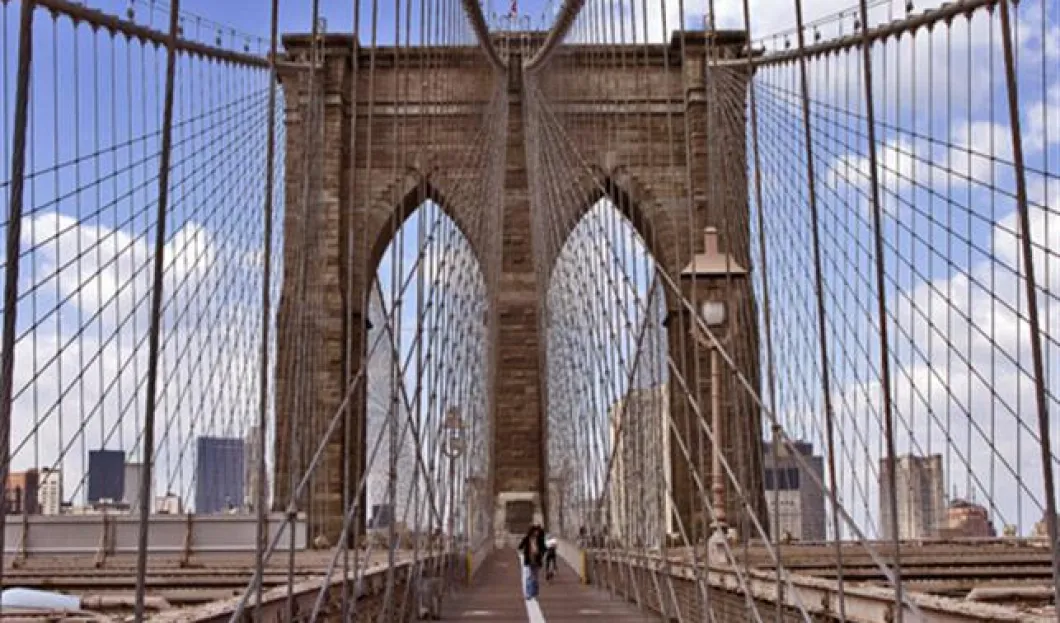
What are the seven great feats of engineering of the 19th and early 20th centuries? British author Deborah Cadbury wrote a book called ‘Seven Wonders of the Industrial World’ presenting the wonderful engineering marvels that, except one, can be seen and visited even today. Brought to you by Tourism-Review.com.











